We explain what a global city is, its typical features and the challenges it faces. Also, what are its characteristics and classification.
What is a global city?
The global city, alpha city or world city is called the cities endowed with relevant competitive advantages and that serve as the axis of a globalized economic system . They are cities forged by the double effect of a constantly growing urbanization, and the pressures of the economic and social process of globalization .
Global cities are generally cities of international importance and renown . They occupy an extensive urban platform (and therefore with a huge population ) and play an active role in the economic, social and technological flow in their region, or even on the planet .
These types of cities are contemporary equivalents to the city-states of antiquity . In fact, many of them have political and administrative autonomy, or even their own Constitution that determines their laws .
In short, they are relevant cities for the world order , that is to say, model cities of contemporary global capitalism .
Origin of the global city concept
The concept of "global city" was coined by the sociologist Saskia Sassen in her book The Global City (1991).In it he refers to London, Tokyo, Paris and New York , as opposed to the term “megacities”.
However, it is the Department of Geography at Loughborough University in the United Kingdom that is the main promoter of the term, which should not be confused with that of "Global Village" .
Typical features of a global city
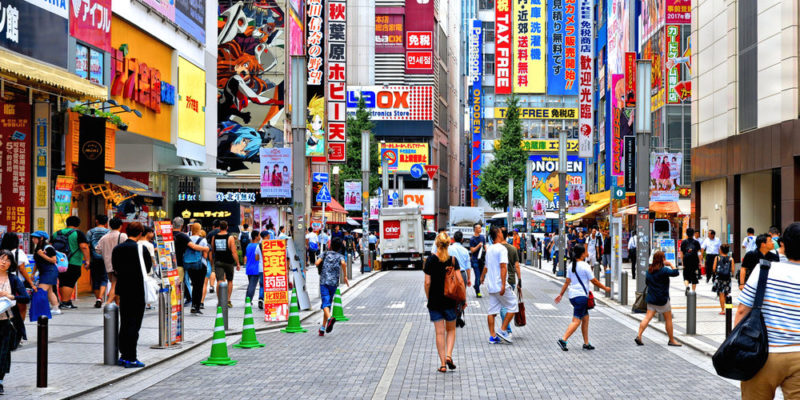 The typical features of a global city are:
The typical features of a global city are:
- They occupy large territorial extensions that are densely populated (conurbation).
- They have tourist importance and are the usual venue for renowned international events (such as the Soccer World Cup, or the Olympics ).
- They are connected by an airport to the main commercial air routes of the world. In addition, they have complex internal systems of massive ground transportation.
- They have an advanced telecommunications infrastructure, as well as a vast, complex and unique cultural environment, which gives them their own personality .
- They actively participate in the world economic flow and constitute financial hubs in their respective regions.
- They have positive immigration rates (inside and outside the country) and tend to host citizens of very different cultures and origins.
Challenges facing global cities
The main challenges for global cities have to do with reconciling local and global pressures . In them, the cosmopolitan, fast and delocalized world of telecommunications and global finance confront each other with the more domestic, traditional and indigenous world of the local.Globalization has a double effect on the communities exposed to it . On the one hand, it promotes a capitalist cosmopolitanism based on consumption and multilateral business models. But it also motivates a return to the values of nationalism , ethnicism, xenophobia and fascism .
On the other hand, after the attacks in Asia , Africa , Europe and the United States, paranoia has been unleashed about the possible omnipresence of terrorists . This places global cities under constant international threat and, therefore, under constant surveillance and supervision.
Why are global cities important?
 Global cities are the ones that best enter the panorama of globalization . They are integrated into the world dynamics of economic exchange, cultural and demographic flow and new technologies .
Global cities are the ones that best enter the panorama of globalization . They are integrated into the world dynamics of economic exchange, cultural and demographic flow and new technologies .In this sense, they are the urban spearhead of the new millennium : the most complex innovation processes , the scientific-technological summits, take place there. They are the ones that invest the most in university research and that concentrate the most transnational capital.
Classification of global cities
There are various studies on the subject, each with its own scale. For example, the study "Foreign Policy" (2008) , carried out by the magazine of the same name, evaluated the main cities of the world based on five specific areas:
- Business activity
- Human capital
- Exchange of information
- Cultural activity
- Political compromise.
With these data, he developed a ranking of the 65 cities that could be considered global. In 2010 this study was updated and called “The Global City Index”.
The much better-known GaWC study (1999) from Loughborough University used its own methodology that defined the criteria for considering a city worldwide. Their results were classified into three types of cities:
- Alpha. 12 to 10 points.
- Beta. 9 to 7 points.
- Gamma. 6 to 4 points.
This last study was repeated in 2004 , at the same institution, with similar results, and again in 2008, making its results even more specific by dividing each category (alpha, beta, gamma) into three subgroups: Alpha ++, Alpha + and Alpha (and so on). This study was done again in 2010 and 2012.
Beta cities
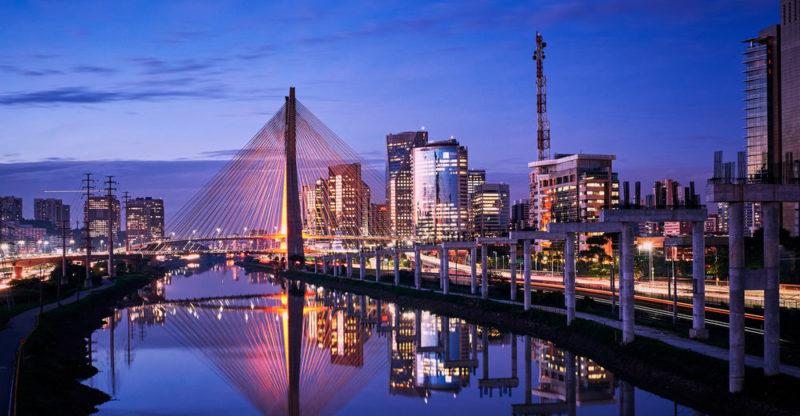 Beta cities, according to the GaWC study, are those that do not yet accumulate the critical mass to rise as axes of regional or international influence in the midst of the globalized panorama. However, they are not negligible in an evaluation of it.
Beta cities, according to the GaWC study, are those that do not yet accumulate the critical mass to rise as axes of regional or international influence in the midst of the globalized panorama. However, they are not negligible in an evaluation of it.This means that they are in transition towards globalization , but that they are highly industrialized cities, with a large population and a significant state or national presence.
Gamma cities
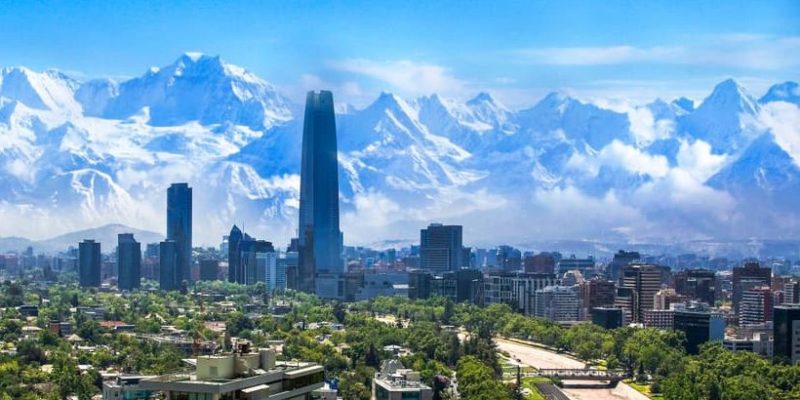 Gamma cities are still a long way from being global cities. They are still anchored in economic , financial and sociocultural processes typical of the 20th century or the entry into modernity .
Gamma cities are still a long way from being global cities. They are still anchored in economic , financial and sociocultural processes typical of the 20th century or the entry into modernity .They are generally capitals of the so-called Third World . Although they are important urban centers, they are not really key pieces of the global economy, nor do they participate too much in events of international magnitude, nor do they have a notorious cultural influence on the region.
Post-industrial cities
Global cities are, in functional terms, post-industrial cities . In which high-level tertiary functions predominate: financial, bureaucratic, IT and technological.In this they are distinguished from cities anchored to mechanisms of production (primary) or manufacturing (secondary), still linked to the processes of the Industrial Revolution .
In this sense, global cities obey the technological revolution of the late twentieth century.
Saskia sassen
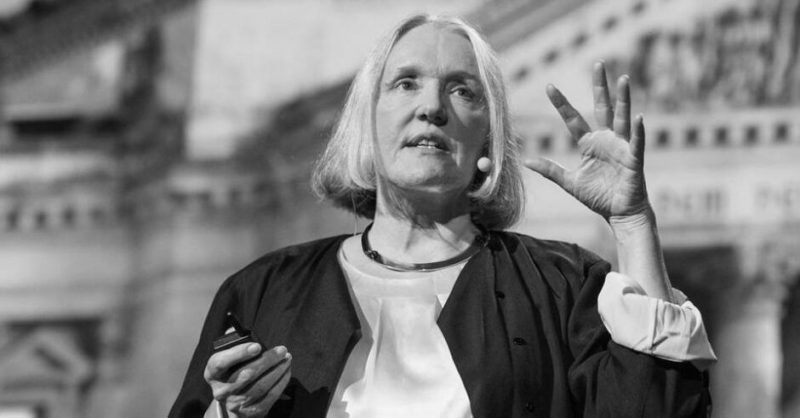 He was born in The Hague, the Netherlands, in 1949 . She is a Dutch sociologist, writer and teacher, winner of the 2013 Prince of Asturias Prize in Social Sciences .
He was born in The Hague, the Netherlands, in 1949 . She is a Dutch sociologist, writer and teacher, winner of the 2013 Prince of Asturias Prize in Social Sciences .She is the author of La Ciudad Global (1991, republished in 2001) , a book in which she proposed her model of study and understanding of globalization from economic, social, political and cultural perspectives.
What are the characteristics of global city?
A global city is a term used to describe a city that is considered an important center for global economic, political, and cultural activity. Characteristics of a global city include:
Economic Power:
Global cities are often considered economic powerhouses and are home to major corporations and financial institutions. They serve as hubs for international trade, finance, and investment.
Cultural Diversity:
Global cities are known for their diverse populations and cultural offerings. They attract people from all over the world and offer a wide range of cultural amenities, including museums, theaters, and art galleries.
Global Connectivity:
Global cities have excellent transportation infrastructure and are well-connected to other major cities around the world. They often have large airports, seaports, and advanced communication networks.
Innovation and Entrepreneurship:
Global cities are often centers of innovation and entrepreneurship. They are home to cutting-edge technology companies, startups, and research institutions that drive innovation and creativity.
Political Power:
Global cities often have significant political power and influence, both nationally and internationally. They may be home to national governments, international organizations, and diplomatic missions.
Quality of Life:
Global cities tend to offer a high quality of life, with access to good education, healthcare, and public services. They also have vibrant cultural scenes and a range of recreational opportunities.
High Cost of Living:
Due to their economic and cultural prominence, global cities are often expensive places to live, with high housing costs, high taxes, and high living expenses in general.
List of global cities
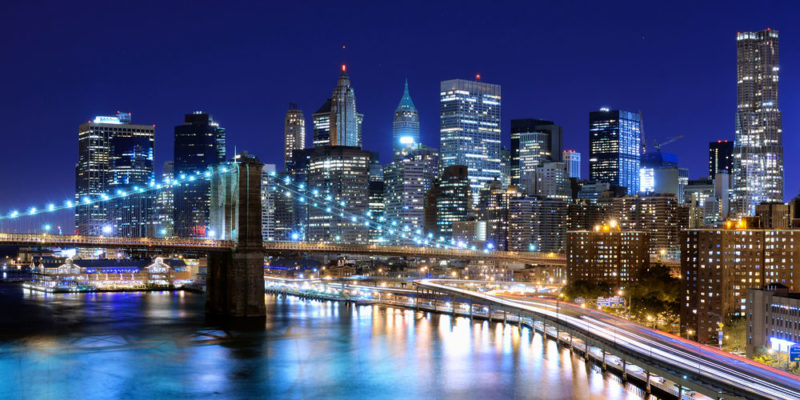 There are many cities around the world that could be considered global cities, but here are some of the most well-known:
There are many cities around the world that could be considered global cities, but here are some of the most well-known:
- New York City, USA
- London, UK
- Tokyo, Japan
- Paris, France
- Hong Kong, China
- Los Angeles, USA
- Singapore
- Chicago, USA
- Beijing, China
- Sydney, Australia
- Shanghai, China
- Dubai, UAE
- San Francisco, USA
- Toronto, Canada
- Seoul, South Korea
- Amsterdam, Netherlands
- Madrid, Spain
- Moscow, Russia
- Sao Paulo, Brazil
- Mumbai, India.
Please note that this list is not exhaustive, and there are many other cities that could also be considered global cities depending on how you define the term.
The above content published at Collaborative Research Group is for informational and educational purposes only and has been developed by referring reliable sources and recommendations from experts. We do not have any contact with official entities nor do we intend to replace the information that they emit.
Luke is passionate about fostering student involvement and connection. He studied psychology for his major and likes learning about the past. Luke aims to specialize in artificial intelligence and cybersecurity. .
Leave a reply
Your email address will not be published. Required fields are marked *Recent post

Sport: What Is It, Types, Risks, Features, Characteristics and Examples

Dogs: Emergence, Features, Characteristics, Feeding and Breeds

Story: Definition, Elements, Structure, Features and Characteristics

